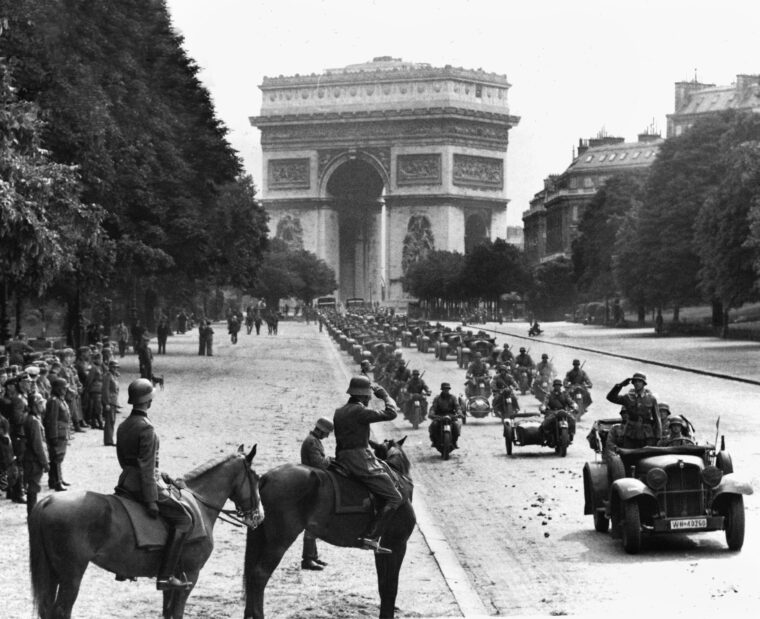
memoir
The Scholarly Spies
By Tim MillerEarly in June 1940, refugees from northern France and the low Countries who had flooded Paris in May fled with the residents of the city as the German advance neared. Read more

memoir
Early in June 1940, refugees from northern France and the low Countries who had flooded Paris in May fled with the residents of the city as the German advance neared. Read more

memoir
On August 6, 1942, the men of Maj. Gen. Alexander Vandegrift’s U.S. 1st Marine Division watched from the railings as their troopship, the USS George F. Read more
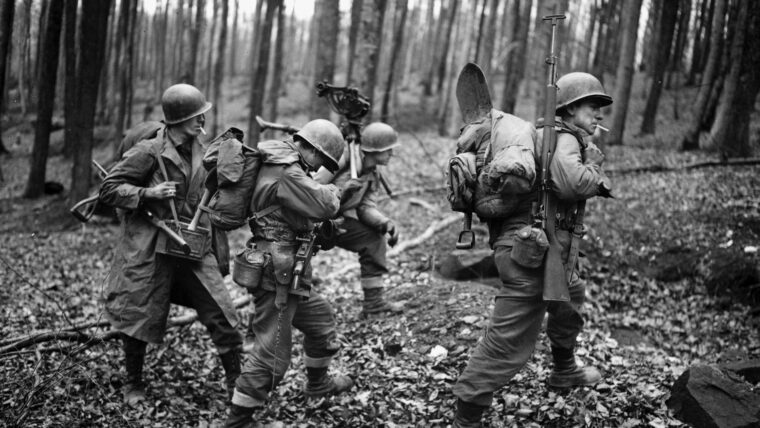
memoir
The author is a self-described “tough kid from Brooklyn” who enlisted in the U.S. Army’s Enlisted Reserve program in October 1942, hoping to complete his college education before being called up for active duty. Read more
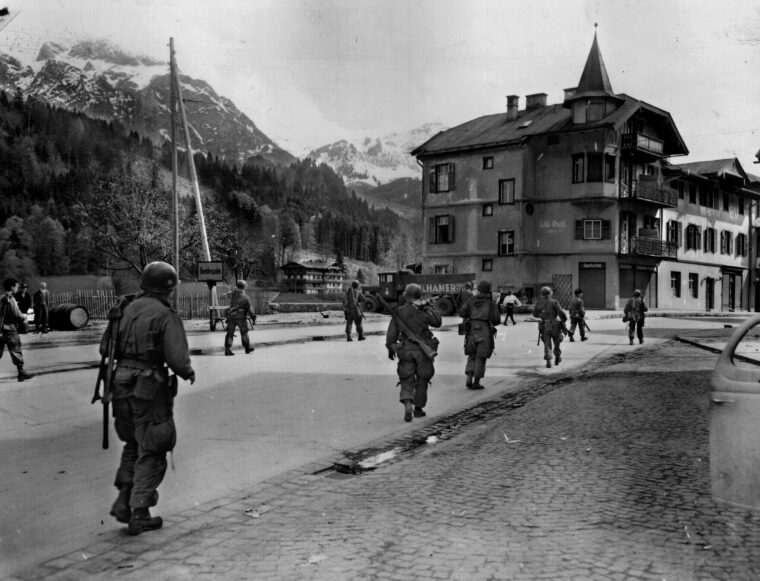
memoir
Darrell “Shifty” Powers was a soft-spoken machinist who never aspired to greatness. He was born, grew up, got married, raised his family, worked, retired, and died in Clinchco, a remote mining town in southwest Virginia. Read more
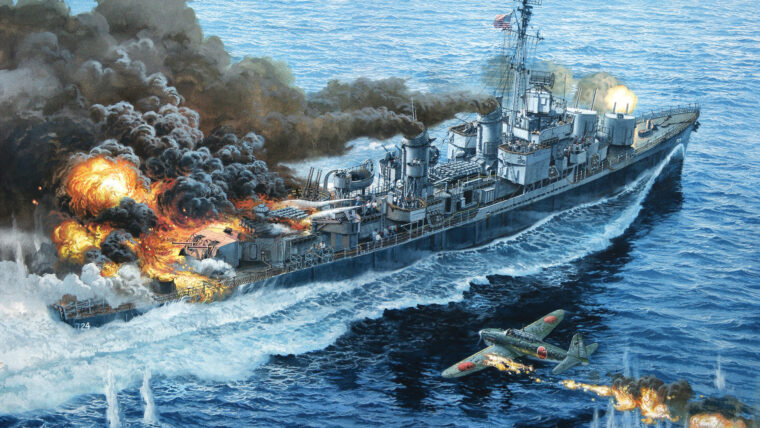
memoir
Two warships have been named in honor of Seaman Bartlett Laffey, a Civil War Medal of Honor recipient. Read more
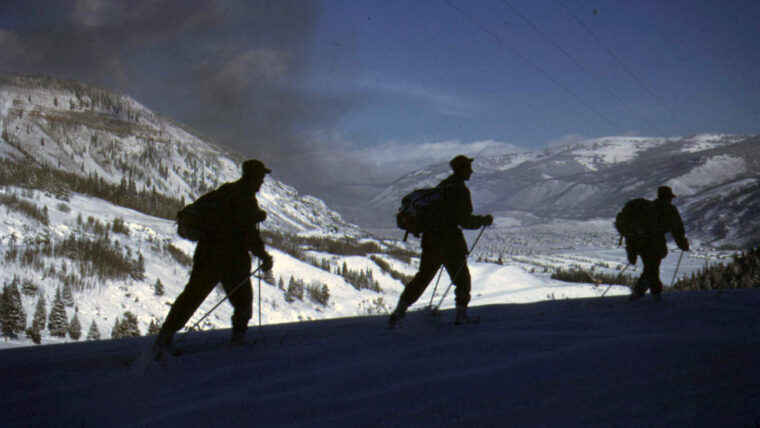
memoir
I was born in Los Angeles in 1924 and attended local schools. In high school I enrolled in ROTC and, when I could, I went skiing for fun. Read more
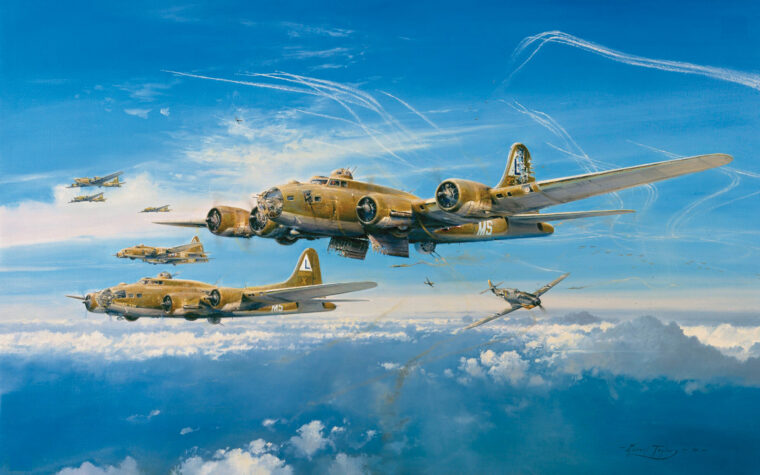
memoir
On August 25, 1944, Larry Stevens and the rest of his Boeing B-17 Flying Fortress bomber crew completed their 35th mission over Nazi-occupied Europe. Read more
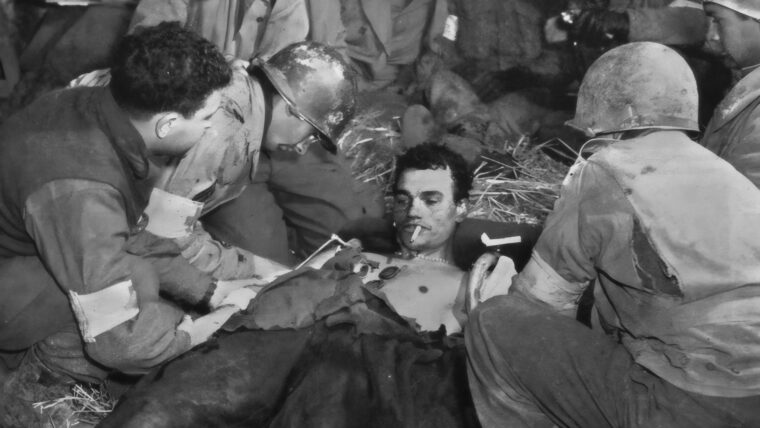
memoir
In an age before television and instant communications, Americans wanted to see what was going on in the world’s “deadliest conflict in human history,” and LIFE magazine was making a name for itself as THE war magazine during World War II. Read more
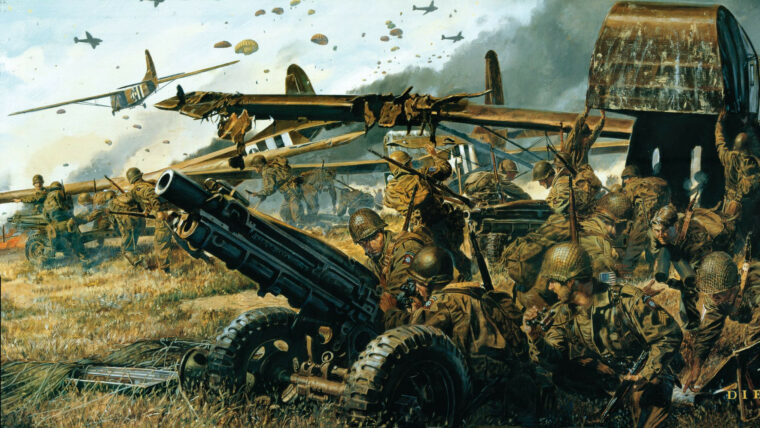
memoir
On September 17, 1944, a massive but hastily planned airborne invasion of the Netherlands was launched. Codenamed Market-Garden, the operation called for three Allied airborne divisions (British 1st and American 82nd and 101st) to land along a narrow corridor reaching from advanced positions along the Dutch-Belgian border to a bridgehead on the northern bank of the Rhine River at Arnhem. Read more
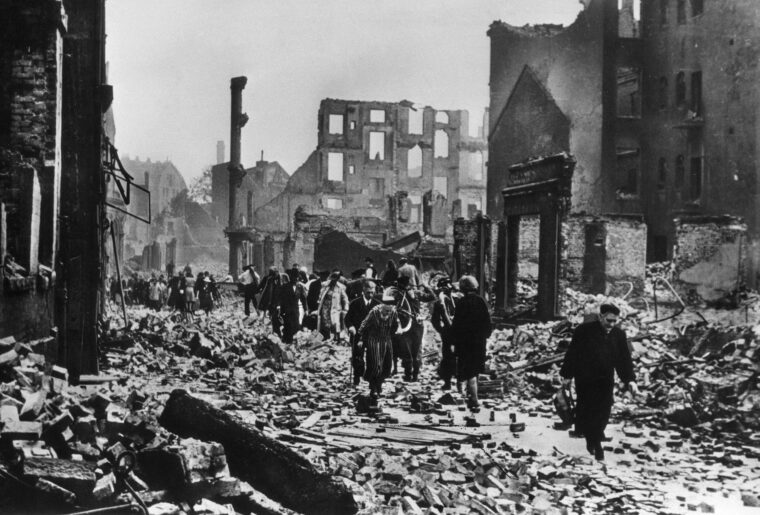
memoir
World War II affected nearly every area of the world. It was the deadliest conflict in all of human history. Read more
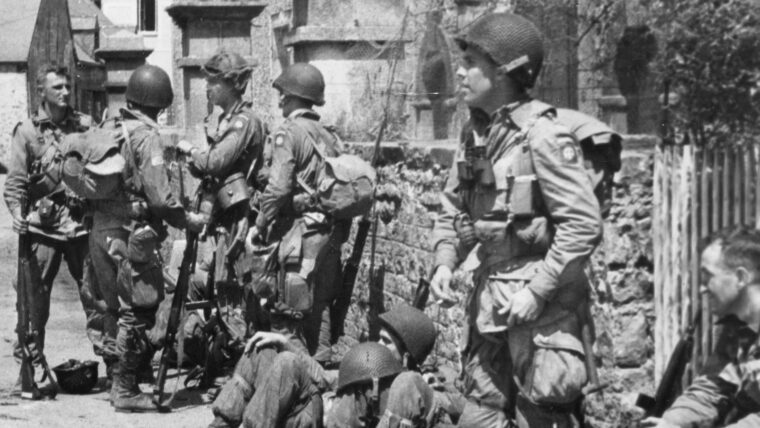
memoir
“The lieutenant said for everyone to lay your arms down,” a fellow paratrooper told Pfc. Bob Nobles, who had been fighting for six grueling days in the hedgerows following his unit’s jump into Normandy. Read more
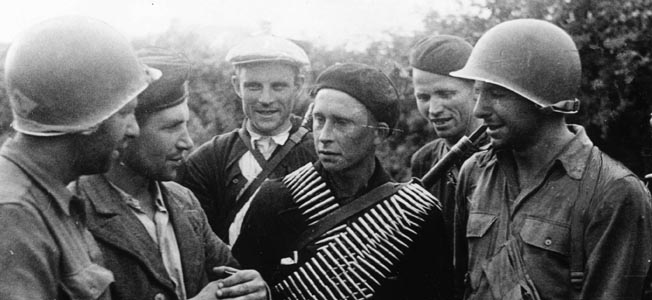
memoir
Major General John K. Singlaub was a young airborne lieutenant when he took up an offer from the Office of Strategic Services (OSS) to become engaged in “hazardous duty behind enemy lines.” Read more
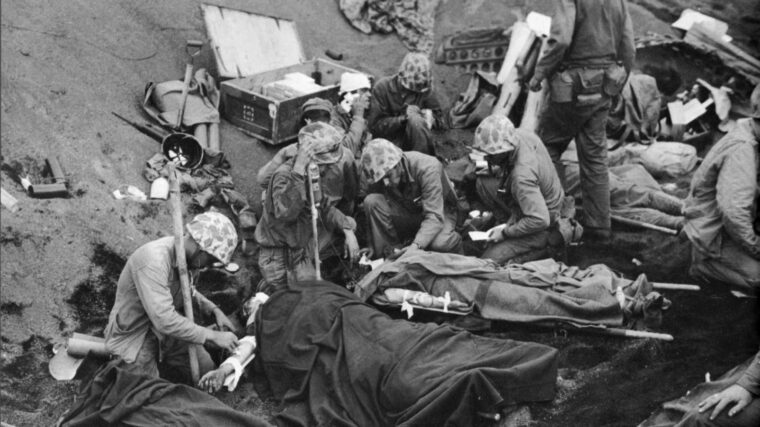
memoir
BACKSTORY: The Reverend E. Gage Hotaling, the son of a Baptist minister, was born in Wellsville, New York, on January 21, 1916. Read more
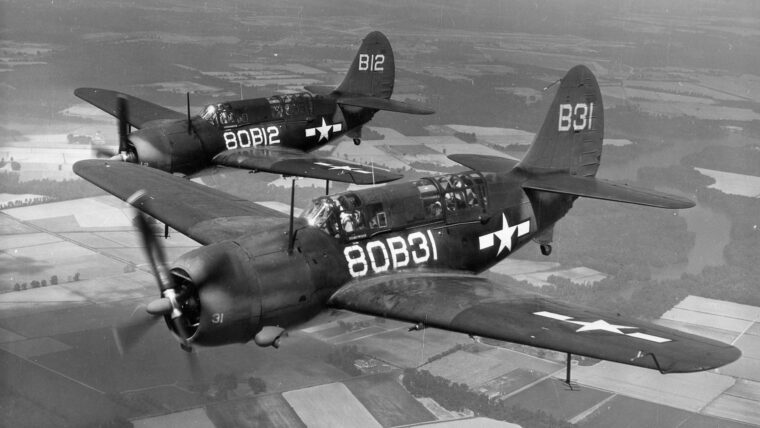
memoir
Lieutenant William A. “Bill” Klenk, piloting a Curtiss SB2C-3 Helldiver, bristled at the “clawing, miserable weather,” with inverted pyramids of cloud hanging from a low ceiling and gray murk everywhere. Read more
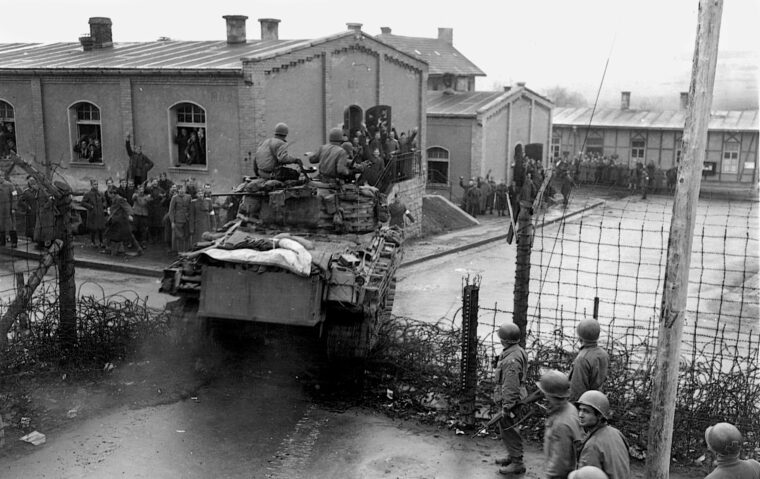
memoir
In December 1944 the vaunted Third Reich was in its death throes, crushed by Allied forces on all sides. Read more
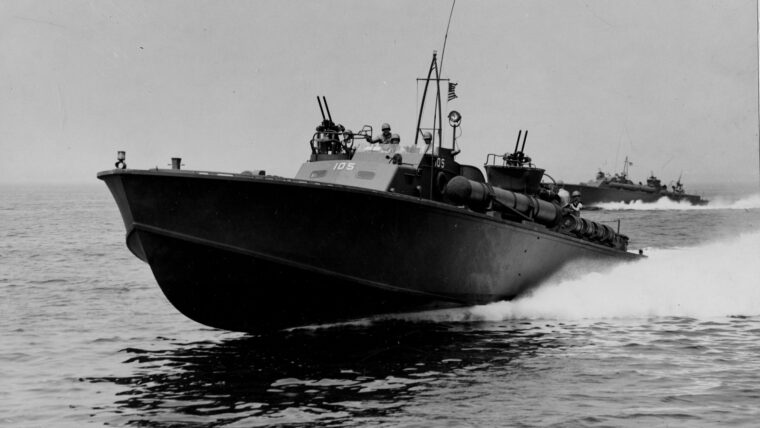
memoir
When the four members of the Japanese surrender delegation climbed aboard the deck of PT-375 on September 8, 1945, the boat’s skipper, Lieutenant Henry “Hank” Blake, directed the men to an open area on the forward deck where the Japanese could be closely watched for any signs of treachery. Read more
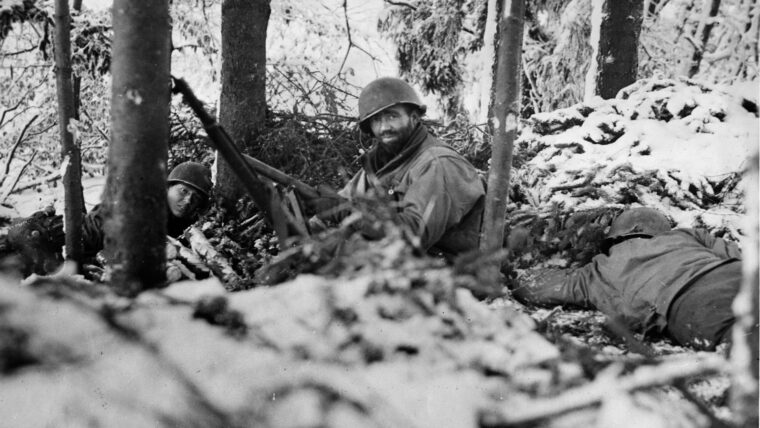
memoir
First Lieutenant Tom Flynn and his fellow POWs remained locked inside their boxcar prison on a Frankfurt railroad siding on Christmas Eve, 1944, as air raid sirens wailed and bombs exploded throughout the city. Read more
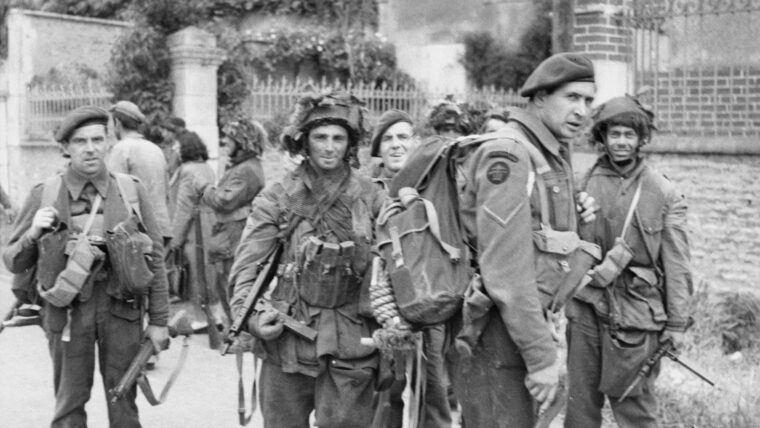
memoir
After successfully fighting seasickness during the crossing of the English Channel, Lance-Corporal Ted Brooks of Number 48 (Royal Marine) Commando arrived on Nan Red Beach—which formed the left flank of Juno Beach—on the morning of June 6, 1944. Read more
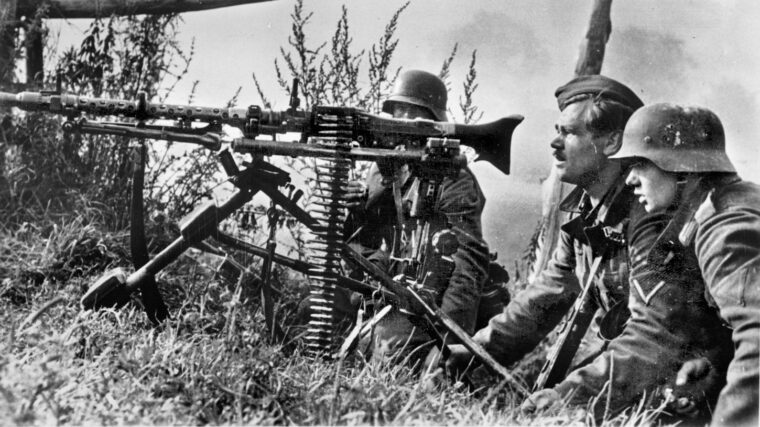
memoir
As Russian and German tanks exchanged fire, German Corporal Erwin Engler realized that if he was to get his wound treated, to even survive—if he was to ever see his family again back in what had been the Polish Corridor—he was going to have to make a dash across open ground to reach the safety of a wooded area. Read more
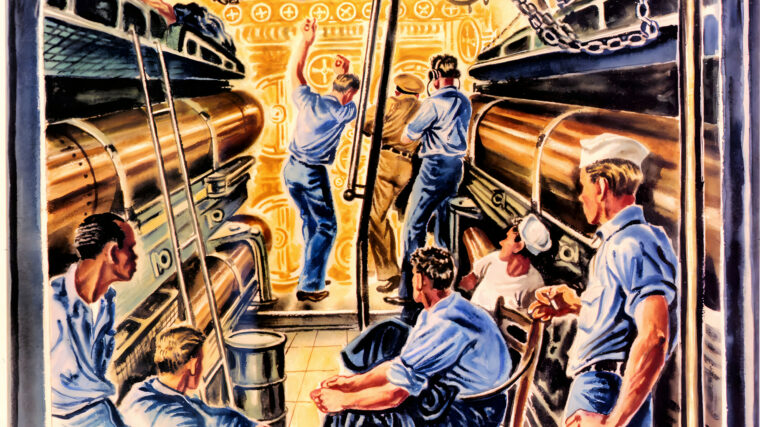
memoir
BACKSTORY: In World War II, the American submarine force was inordinately small—just 252 total boats, compared to the more than 1,100 deployed by Germany and over 600 built by Japan. Read more